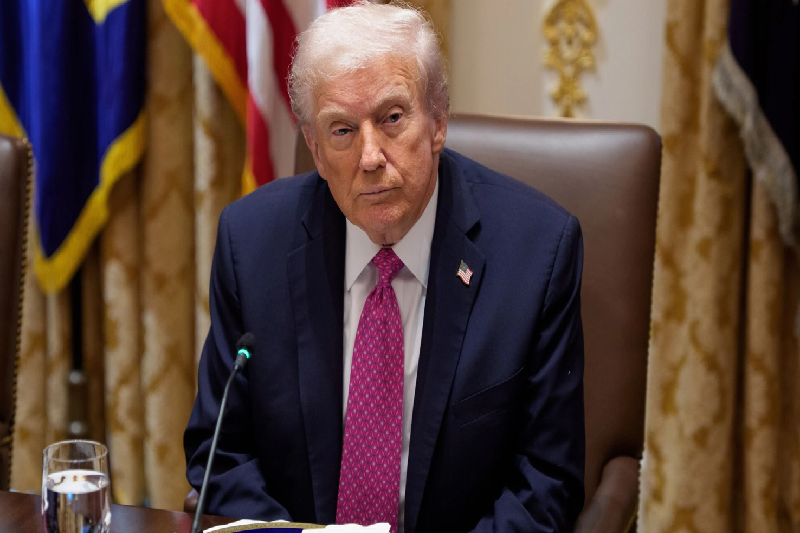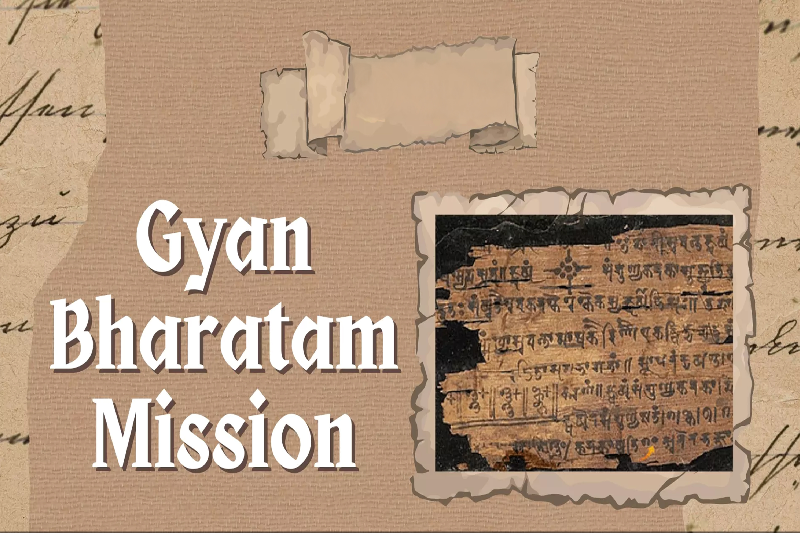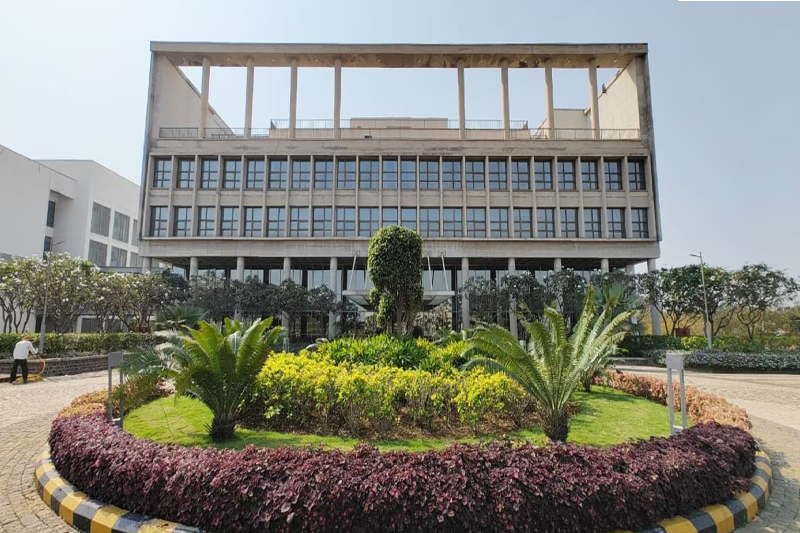
Trump Administration Reverses Course: 2.5 Million Borrowers Set to Receive Student Loan Forgiveness, Ending Months of Uncertainty
Millions of Americans burdened with student debt have finally received a much-needed reprieve. In a significant policy reversal, the Trump administration has agreed to resume student loan forgiveness for approximately 2.5 million borrowers enrolled in specific federal repayment plans. This decision follows legal action led by the American Federation of Teachers (AFT) and ends months of uncertainty for borrowers caught in limbo.
This settlement not only restores access to vital forgiveness programs but also signals a renewed commitment to ensuring federal student loan relief programs operate as intended.
The Background: Legal Battle Forces Change in Policy
Earlier in 2025, the student loan landscape was thrown into turmoil when the Department of Education suspended forgiveness programs tied to income-driven repayment (IDR) plans. This pause affected key programs such as Income-Contingent Repayment (ICR), Pay As You Earn (PAYE), and the Public Service Loan Forgiveness (PSLF) program. The suspension was primarily justified by court rulings interpreting legal challenges to the Biden-era Saving on a Valuable Education (SAVE) plan, leading to a halt in forgiveness for many borrowers.
In response, the American Federation of Teachers (AFT) filed a lawsuit, arguing that the suspension unfairly denied federal student loan borrowers the relief guaranteed under their original loan agreements. They claimed the Department of Education’s interpretation was too broad and restricted nearly all income-driven repayment cancellation options.
This legal pressure forced a significant policy turnaround. The Trump administration has now agreed to resume processing forgiveness applications under these repayment plans, offering a lifeline to millions who have been waiting for relief.
What the Settlement Means for Borrowers
The settlement requires the Department of Education to immediately process forgiveness for borrowers enrolled in IDR programs, including:
- Income-Contingent Repayment (ICR)
- Pay As You Earn (PAYE)
- Income-Driven Repayment (IDR)
- Public Service Loan Forgiveness (PSLF)
These programs are designed to ease the repayment burden on borrowers by adjusting monthly payments based on income and ultimately forgiving remaining balances after meeting specific criteria.
Importantly, the settlement also includes several borrower-friendly protections:
- Reimbursement for Overpayments: Borrowers who continued making payments while awaiting forgiveness will be reimbursed for amounts paid beyond what was required.
- Tax Protection: Balances forgiven before December 31, 2025, will not be treated as taxable income, protecting borrowers from unexpected tax bills.
- Regular Accountability: The Department of Education will submit biannual progress reports to the court to ensure transparent and timely processing of applications.
Understanding the Programs: How Forgiveness Works
Public Service Loan Forgiveness (PSLF)
PSLF has been a key federal program since 2007, aimed at canceling federal student loans for public service employees who have made 120 qualifying payments under eligible repayment plans. This means borrowers working in government or nonprofit sectors can have their remaining debt forgiven after a decade of consistent payments.
Income-Driven Repayment Plans
Income-driven repayment plans, such as ICR, PAYE, and IDR, calculate monthly payments based on a borrower's income and family size, providing financial relief for those struggling to meet standard payments. After a set number of years—typically 20 or 25—the remaining loan balance is forgiven.
Biden Administration's "Buyback" Option
In 2023, the Biden administration introduced an innovative “buyback” program allowing borrowers to reclaim months of payments made during forbearance or deferment periods. These reclaimed months count toward forgiveness eligibility, potentially accelerating debt cancellation for those affected by economic hardships.
Challenges Ahead: Administrative Hurdles Could Affect Timelines
While the settlement marks a decisive win for borrowers, the road to forgiveness may still face bumps. The Department of Education has experienced mass layoffs in its student loan division, raising concerns about the speed and efficiency of application processing.
Megan Walter, senior policy analyst at the National Association of Student Financial Aid Administrators, cautions borrowers to maintain detailed records of payments and communications. She advises:
“If borrowers continue to make payments while their forgiveness application is pending, those payments will be refunded if their application is approved. But it’s crucial to keep thorough records.”
This careful documentation will ensure borrowers can claim refunds without hassle once their forgiveness is processed.
The Broader Significance: Restoring Faith in Student Loan Relief
This settlement represents more than just a policy reversal; it’s a reaffirmation of the federal government’s commitment to honoring legal and contractual obligations to student loan borrowers.
For millions caught in the confusion caused by shifting policies, this agreement offers clarity and renewed hope. Borrowers enrolled in eligible repayment plans can now expect their forgiveness applications to be processed, with the added assurance that payments made beyond forgiveness thresholds will be reimbursed.
Importantly, it reestablishes the foundational purpose of income-driven repayment plans: to provide manageable payments and eventual debt cancellation, helping borrowers avoid lifelong debt burdens.
What Borrowers Should Do Now
If you are among the 2.5 million borrowers affected, here are some steps to take:
- Verify Your Repayment Plan: Confirm you are enrolled in an eligible income-driven repayment plan such as ICR, PAYE, IDR, or PSLF.
- Submit or Check Your Forgiveness Application: If you haven’t applied, do so promptly. If your application is pending, maintain communication with your loan servicer.
- Keep Detailed Payment Records: Document all payments made, especially those made during periods of application processing or suspension.
- Monitor Tax Implications: Take comfort that forgiven balances before December 31, 2025, will not be taxed, but stay informed of any changes.
- Stay Updated: Follow Department of Education announcements and court reports on forgiveness progress to understand timelines and any new developments.
Conclusion: A Step Forward for Student Loan Borrowers
The Trump administration’s decision to resume student loan forgiveness for 2.5 million borrowers marks a major turning point in federal student debt relief efforts. Ending months of limbo, this move ensures that income-driven repayment plans fulfill their promise of debt cancellation and financial relief.
Thanks to the legal advocacy of organizations like the American Federation of Teachers and continued borrower vigilance, millions of Americans can now look forward to meaningful relief from the crushing burden of student loans. As the Department of Education moves forward with processing applications, borrowers are encouraged to stay informed and organized to maximize their benefits.
This development restores hope and trust in a system designed to support borrowers, reminding everyone that legal obligations and fairness must guide student loan policies.



